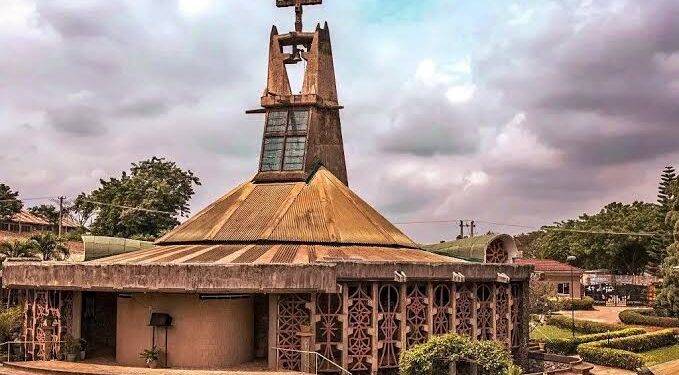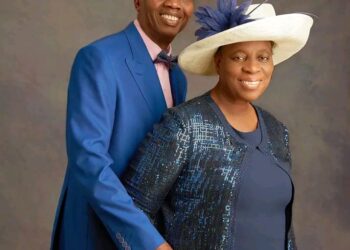The story that began in Ilé-Ifẹ̀ did not end there. As Yoruba oral tradition tells, the children of Odùduwà spread in the land, founding kingdoms that would later define Yoruba identity. Each kingdom carried a fragment of the holy power of Ifẹ̀, but also shaped its own journey.
Ọ̀yọ́ rose with cavalry and trade; Ìjẹ̀ṣà built its renown on resilience; Ìjẹ̀bú became known for commerce and discipline; Ẹ̀gbá created their own area of control. Yet in every town and palace, the link to Ifẹ̀ was never forgotten. Even the smallest community traced its lineage back to Odùduwà.
Ọ̀yọ́: The Giant of the Savanna
By the 16th century, Ọ̀yọ́ had grown into an empire stretching far beyond Yoruba lands. Its strength came from its cavalry, mounted warriors who ruled the savanna. The Aláàfin of Ọ̀yọ́ commanded respect, but power was in the hands of the Ọ̀yọ́ Mèsì, a council of chiefs that could compel a king to commit suicide if he lost the confidence of the state.
This system of checks and balances was a political development admired by historians. It showed that Yoruba governance was never absolute but built on cooperation, echoing the proverb: “Agbajo ọwọ́ la fi ń s’aya” — it is with joined hands that we beat the chest.
Trade made Ọ̀yọ́ wealthy. From the north came horses and goods across the Sahara; from the coast came European traders with firearms and luxuries. Ọ̀yọ́ sat at the center, commanding tribute and respect from its neighbors.
Collapse and Civil Strife
But greatness has its shadows. By the late 18th and early 19th centuries, Ọ̀yọ́ faced in-house disputes, external attacks, and the severe effect of the trans-Atlantic slave trade. The empire fell apart, leaving a void that set Yorubaland on a path of enduring conflict.
The Yoruba civil wars that followed turned brother against brother. Ibadan rose as a military city-state, Ìjẹ̀bú fought strongly to maintain independence, and Ẹ̀gbá fortified themselves in Abeokuta. The once-united children of Odùduwà became scattered into rival camps.
Yet even in war, Yoruba resilience showed itself. New towns emerged, new systems of governance developed, and new leaders rose. The Yoruba proverb says, “Bí orí bá fẹ́ fọ́, a kì í gbàgbé ikọ́” — even when the head seeks to break, the neck remembers its duty of support. Through challenges, the Yoruba spirit refused to die.
The Scars of Slavery and the Diaspora
The wars coincided with the zenith of the slave trade. Thousands of Yoruba men, women, and children were captured and shipped across the Atlantic. In Brazil, Cuba, Haiti, and beyond, they carried with them not only memories of home but also their gods and traditions.
In Bahia, Brazil, Yoruba religion became Candomblé, Santería in Cuba, and merged into Vodou in Haiti. Wherever they went, Ṣàngó still thundered, Ọ̀ṣun still blessed, and Èṣù still danced at the crossroads. Even in bondage, the Yoruba refused to forget.
What survived was not just religion but identity. Drums, chants, and proverbs became vessels of memory. The golden chain of Odùduwà, first stretched from heaven to Ifẹ̀, now stretched across the Atlantic.
Entertainment in Ritual and Memory
The Yoruba did not separate the sacred from the joyful. Even in their festivals abroad, rituals carried an air of performance. Dances, masquerades, and chants entertained as much as they instructed. Worshippers laughed, sang, and played drums, yet behind every act was reverence.
This spirit of turning pain into performance — of making entertainment out of endurance, became another secret of Yoruba survival. To remember Odùduwà was not only to weep for the past but to dance into the future.
Conclusion of Part Two & Three
From Ilé-Ifẹ̀ to Ọ̀yọ́, from empire to civil war, from homeland to diaspora, the Yoruba journey was one of triumph and tragedy intertwined. Kingdoms flourished, empires rose, wars tore the land apart, and yet the story endured across seas and centuries.
But the Yoruba origin is not frozen in the past. It lives on in the festivals of today, in the masquerades that thrill crowds, in the global survival of the orìṣà, and in the proverbs spoken daily. In the next part, we will step into this living present, exploring how Yoruba origin continues to shape modern identity, entertainment, and culture across the world.
This unfolding story of the Yoruba, from the sacred city of Ifẹ̀ to the trials of empire, is far from complete. To read the first part of this story, search “Odùduwà and the Golden Chain: Tracing Yoruba Origins to Ilé-Ifẹ̀” on this blog.





